All rights are reserved under the copyright of Yasuyuki Ayukawa (2023)
I am visiting companies challenging the global market with Japanese skills, Japanese quality, and Japanese craftmanship based on the tradition. I don’t know if the world has overtaken Japan or if Japan has declined, but in recent years, it is said that Japan’s position in the world is declining in various parts such as economy, society, and the quality of life. But is it really so? Japan still has world-class technology, traditions, and culture, and the value of these has been recognized in other parts of the global market thanks to the efforts of many companies pioneering the market in many countries. Furthermore, there are also new companies taking on the challenge with products and technologies, with their confidence and pride, to the world. In this series, I would like to introduce how such companies are challenging the global market.
In these new series of issues,
I am introducing
the vital actions
of entrepreneurs
in Saga, Kyushu – west end of Japan.
The approach is, again,
how to
get into
overseas market.
This time
I would like to introduce
Mitsutake Brewery.
(https://www.kinpa.jp)
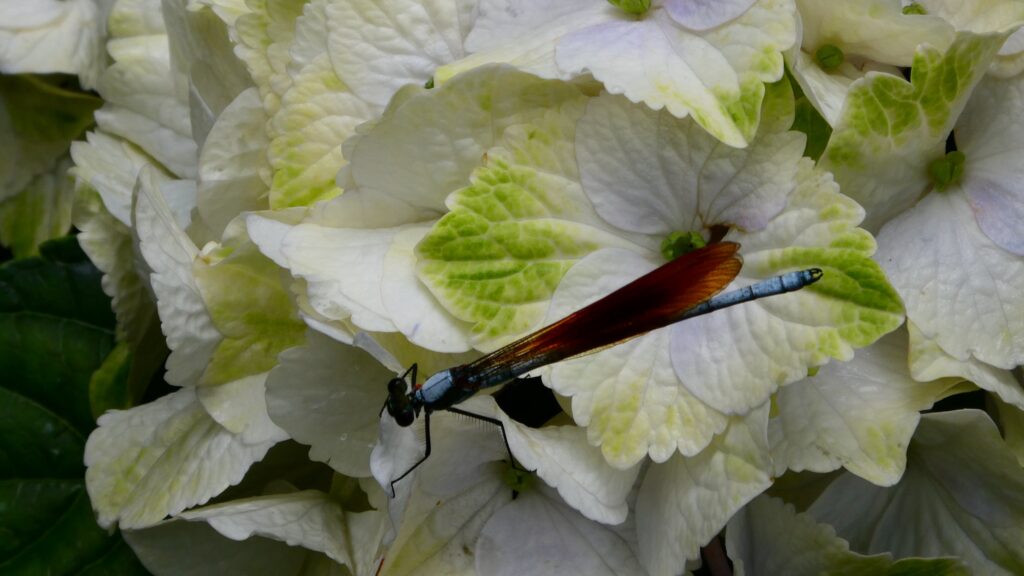
Mitsutake Brewery has established a market in Asia with its shochu and in Europe with its own sake as a cocktail base. On the other hand, how does Mitsutake operate in overseas markets now?
How does Mr Kunihiro Mitsutake operate on his 3 tims overseas business trips a month?
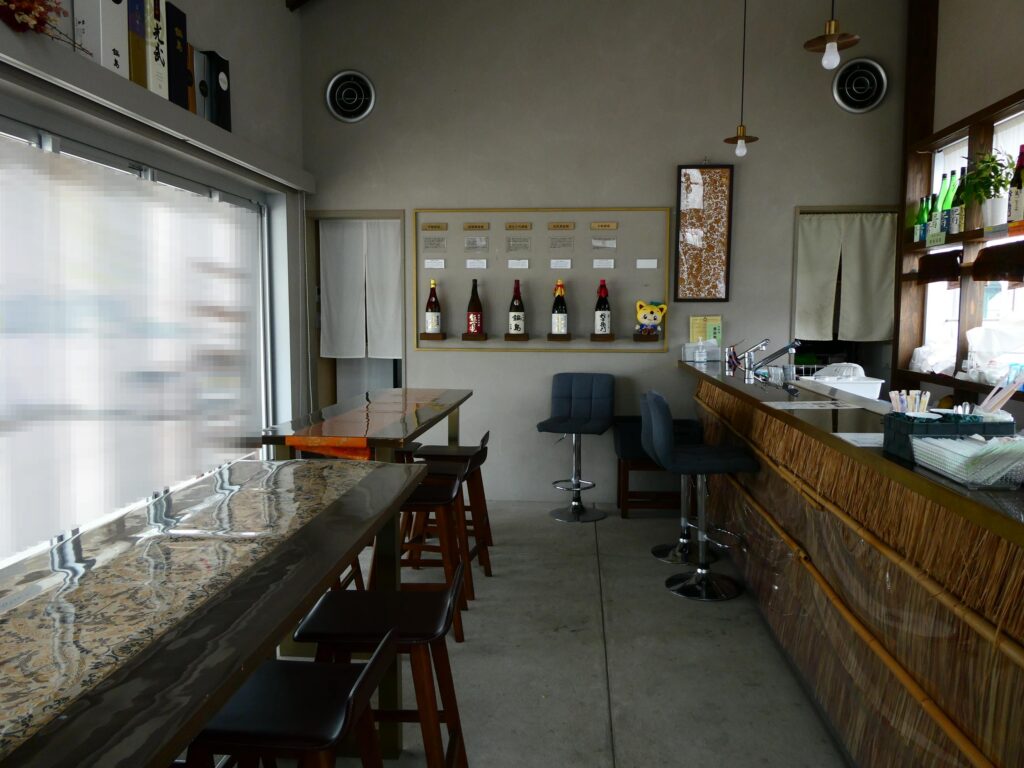
As I mentioned earlier, Kunihiro-san does directly visit Japanese restaurants locally located as one of the sales activities,
Other than that, Kunihiro-san attends sake meetings in restaurants and participates in exhibitions,
Then Kunihiro-san also puts a lot of efforts into training local people, such as distributors.
What is the secret of success in selling sake abroad, according to Kunihiro-san?
How to correctly convey the taste and other nuances of sake to non-Japanese speakers,
This means it is extremely important that the local sales staffs understand sake as deeply as possible.
It is true that there is a wealth of information on sake in English, for example, and literacy to sake seems to be increasing among local people.
However, how much of this information is actually understood and digested in local people?
In the majority of cases, this is not done properly. In other words,
if this is done properly, sake will be successfully sold there,
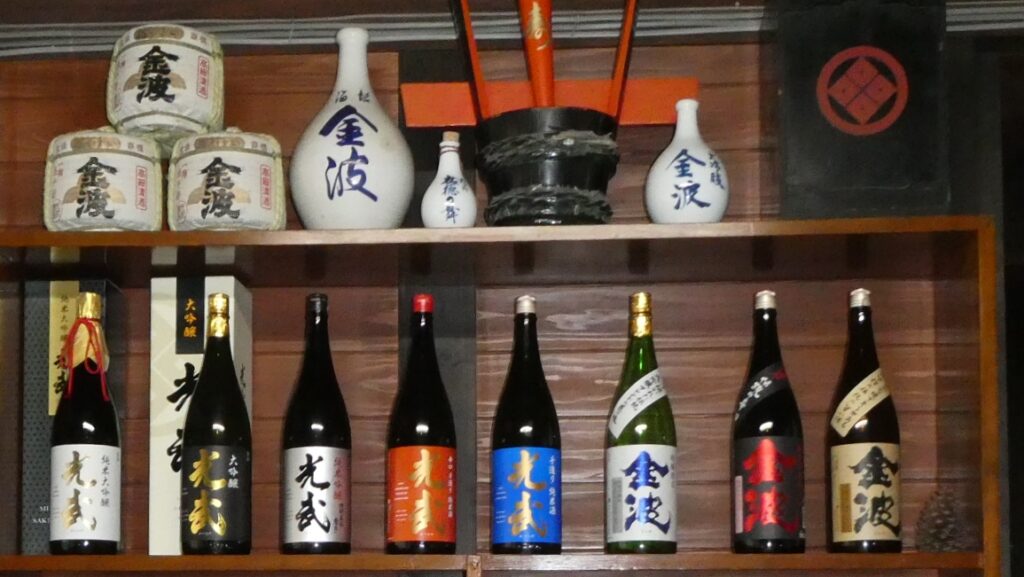
Even if the main recommendation is not to serve sake in dining, food pairing must also be kept in check,
Especially not with Japanese food,
The pairing, marriage with local cuisine must be kept in check,
This is a very difficult task, because the flavours are stronger than in Japanese cuisine.
As a sake seller, Kunihiro-san does not push his own idea of pairing to the local sales people, even Kunihiro-san does not prepare his own ideas of pairing.
Instead, he makes the sake together with the local sales people, trying by eating and drinking at such local places.
It could be a part of the staff training?
The most important thing is that the customer will not understand the marriage unless the marriage is communicated clearly and specifically, not vaguely, but with pinpoint specificity.
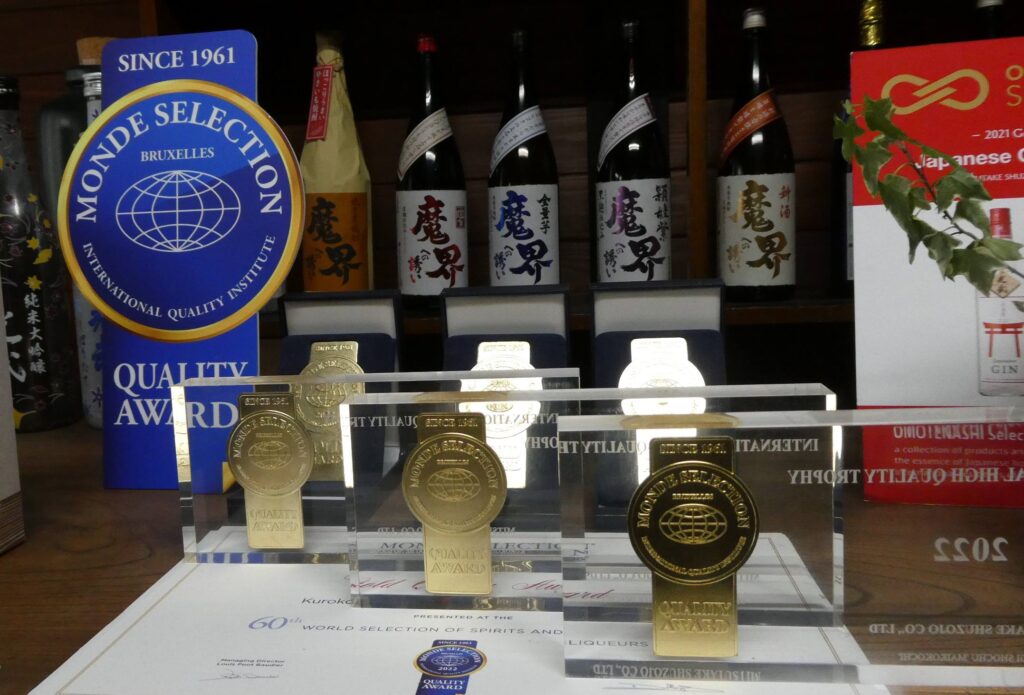
For example, instead of saying, “It goes well with meat dishes,
it should be said something like “it goes well with grilled duck breast”.
It’s meaningless.
And the important thing,
“What kind of sake should be sold?”
The minimum line of the answer should certainly be sakes with sharp tastes, with a certain amount of long-lasting enjoyment,
But Kunihiro-san does not think much beyond that.
Rather, what is the important thing is how to convey the taste and enjoyment of sake to the customers.
Mitsutake Brewery is also taking on the challenge of new methods of sake brewing.
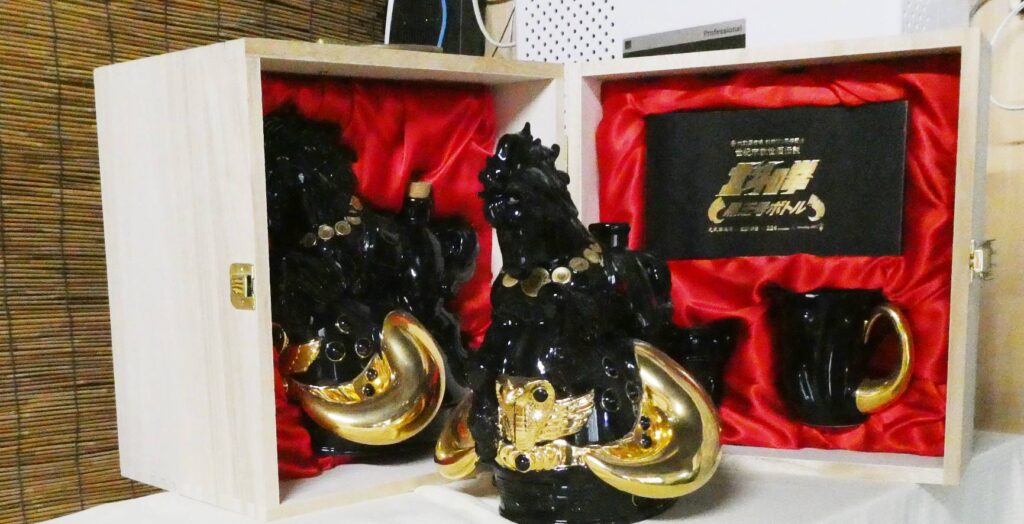
Confronting on a shrinking sake market, Mitsutake Brewery has invested in 3 breweries,
The brewery is developing new products while utilising the unique brewing know-how of each of the 3 breweries.
As I mentioned earlier, Mitsutake Brewery acquired a brewery that specialises in shochu and a brewery that hand-brews shochu,
Mitsutake Brewery, on the other hand, is promoting automation.
The shochu ‘Makai eno Izanai’ is produced by 3 companies, including the mother brewery, that is Mitsutake Brewery.
The sake from the ‘Tedukuri’ (meaning handmade) series is produced at the brewery with hand-brewery,
The brewery also crosses over its various brewing know-how,
Mitsutake Breweruy is also promoting new sake brewing methods by crossing over various brewing know-how.
For example, the way shochu is made can be applied to sake,
Or, conversely, applying the sake-making process to shochu,
Mitsutake Brewery is utilising the characteristics and individuality of each brewery to create diversity in their brewing.
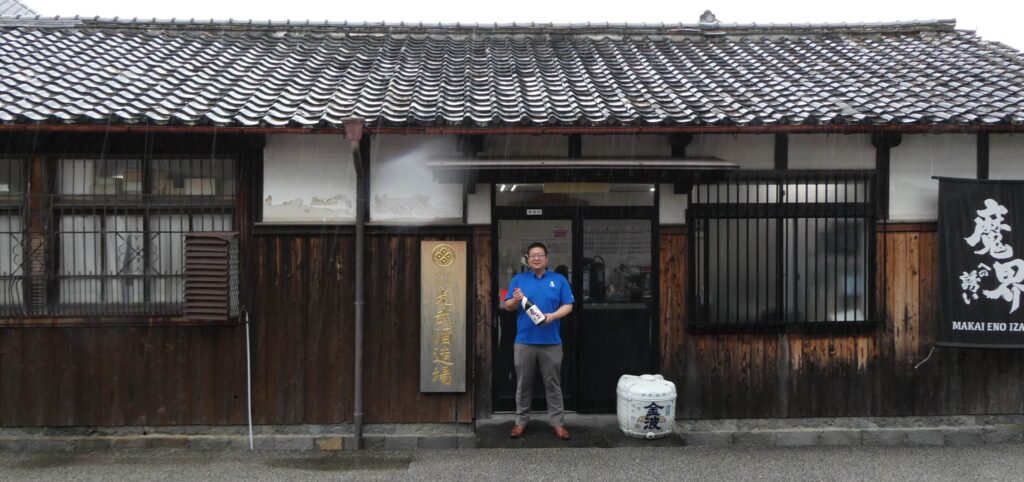
When I see sake breweries challenge overseas markets,
I always find that sake breweries do not simply “put their sakes on the market”, but develop the marketing process with ingenuity and wisdom,
By proposing how and under what circumstances the end-customers enjoy,
to produce the package of their own sakes,
and finally to obtain more recognition of their own sakes in the markets
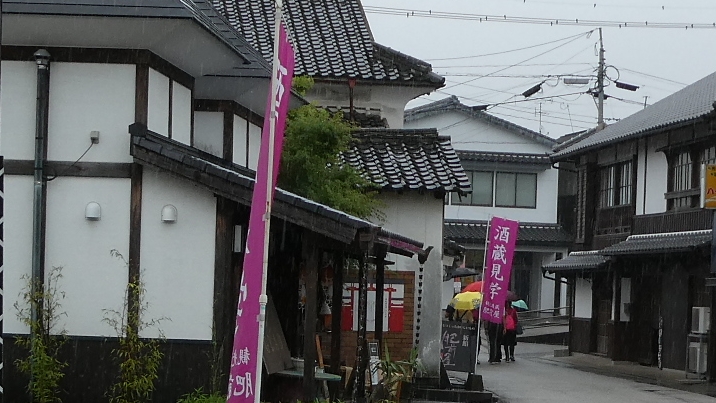
Mitsutake Brewery is well proposing, and producing shochu for Asia and sake for Europe and America,
I think that t Mitsutake Brewery is particularly good at producing in these areas.
In which countries will Mitsutake Brewery be working on your next project?
I would love to hear more about this.
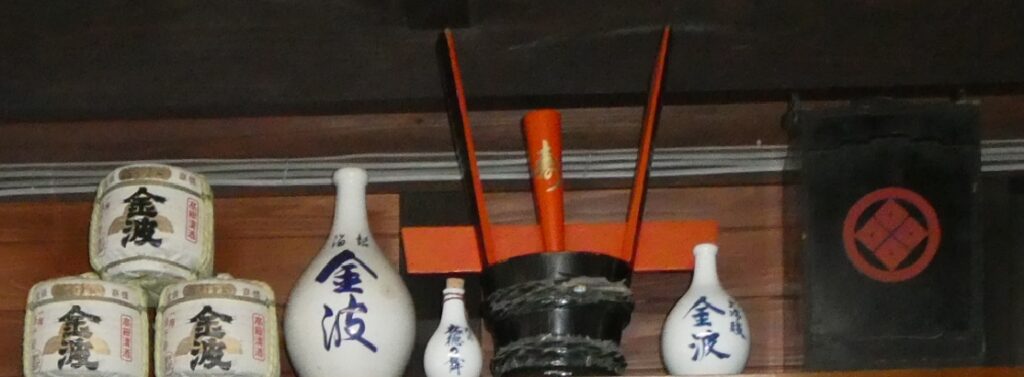
All rights are reserved under the copyright of Yasuyuki Ayukawa (2023)